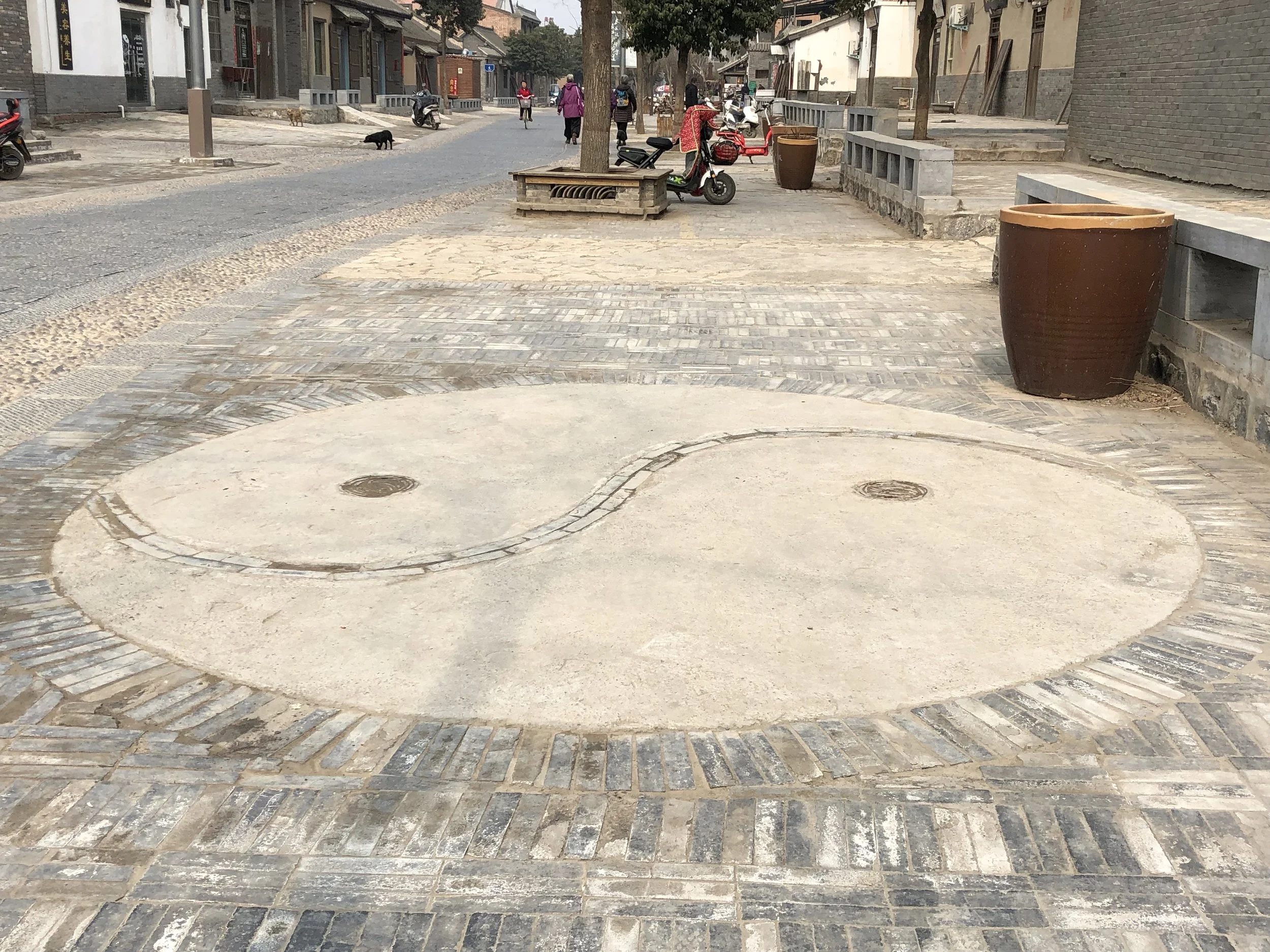When my mother was dying she experienced a great deal of pain. Her lung cancer had migrated to her bones. It was an excruciating experience to witness. No amount of pain medication from dilaudid to oxy to fentanyl patches to morphine drips seemed to ease her suffering. In my personal and professional career I have encountered many people who are in relationship with the spectrum of pain: cancer pain, back pain, neurological pain. One friend I have who had several joint replacements referred to himself as a “connoisseur” of pain.
When we Stand or are brought down into a deeper and more correct alignment by our teachers we often say of our experience, “OH MY GOD THAT WAS PAINFUL!” And then we laugh, rub our thighs, shake our legs and get on with it. A few minutes pass and we are back trying to replicate the experience for ourselves or approaching our teacher for another correction like a puppy wanting another treat. Those experiences are huge bundles of sensation but are they really pain? Perhaps yes, perhaps no, but at first the mind interprets them as just that.
One of the advantages of these ten day trainings is we have a great deal of time to investigate this topic of pain. There are no distractions from it. There is no hot bath, no binge watching, no regularly scheduled intentional ease of perceived sufferings of daily life. It takes 2 days to get home and back to all that, regular life is very far away. This environment is set up intentionally so there is nothing to do but eat, sleep and get into your practice. Over and over again. In ten days we have 19 sessions to focus exclusively with what our bodies and minds are experiencing.
Many times during Standing I encounter the thought, I can’t take this anymore, I’m in so much pain, I have to get out of this. I’ve created strategies to get through: counting to one hundred over and over again, focusing on the cold air in the training hall, feeling my body sweat under my down vest, focusing on my ego’s belief in how determined and tough I am. Of course none of those work. My mind says I am in pain. Yesterday afternoon when I encountered my thought I decided to ask, “is this really pain?” I went into my legs for the answer and was surprise to hear, “no.” No, this is not pain. This is muscle loading, this is tendons gently stretching. This is good alignment, this is my body holding me strongly in place. Yes. This is hot. Yes, this takes discipline to stay put, but no, this is not pain. Eventually I did have to raise my body up and stretch before going into it again, but I was able to hold the experience a bit longer.
Later I thought about my mother suffering during her dying and I wondered what her experience of pain truly was. We can’t know another person’s perception of this, it is not our place to assume we do. Our only job in those times is to be present with them, meet them on their own terms and offer soothing as best we can. For ourselves though we do have a choice to seek out controlled circumstances where we can intentionally study and learn about our own relationship to pain and other uncomfortable encounters. It’s a compelling notion to consider we are perhaps training for our own potentially painful death and how we might meet that experience.
Each time I visit the Village I am reminded one of my favorite parts of being here is the culture of learning and teaching. Everywhere you look, people are thusly engaged with each other. Chen Xiao Xing is particularly rigorous this time. I’ve been training with him for over 15 years: here, in the states and abroad. This is a more advanced training than I have experienced before. Part of it is training with him at his school, in his home. He is very happy. Part of it is our group. We have all, for the most part been training with him, and in many cases with each other, for many years. And part of it is my approach to my own practice. I came with the intention of visiting and revisiting my own limits to my body and my perception and mindfully stretching both. I never know what I will get with that intention, but its great being on the floor with a teacher I trust to guide me and others who are investigating themselves too.

